
WCUS Portland 2024: Together We Build What’s Bigger Than Us
As part of the WordPress community, Seahawk is always looking for ways to connect with fellow WordPress enthusiasts and partners.

As part of the WordPress community, Seahawk is always looking for ways to connect with fellow WordPress enthusiasts and partners.

We are thrilled to celebrate our valued friendship with you by offering a unique and meaningful gift—something that blends history
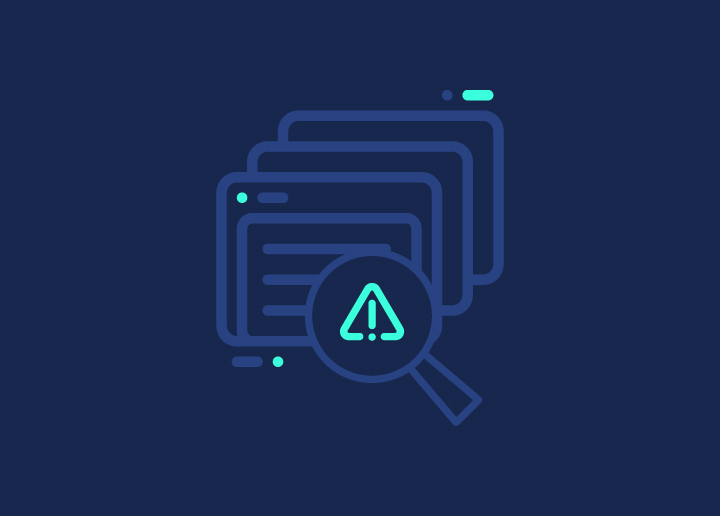
Have you ever come across the message “New Reason Preventing Your Pages From Being Indexed, “indicating some of your pages
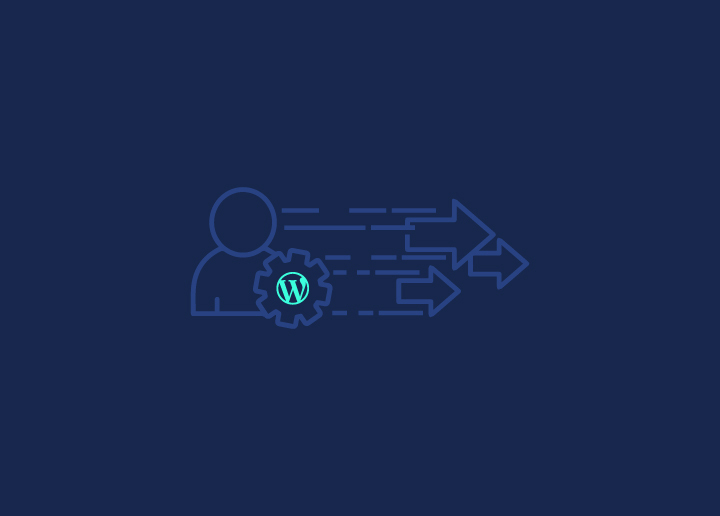
Is your WordPress admin dashboard slow? Here are actionable ways to speed up WP-admin in the quickest way possible. If
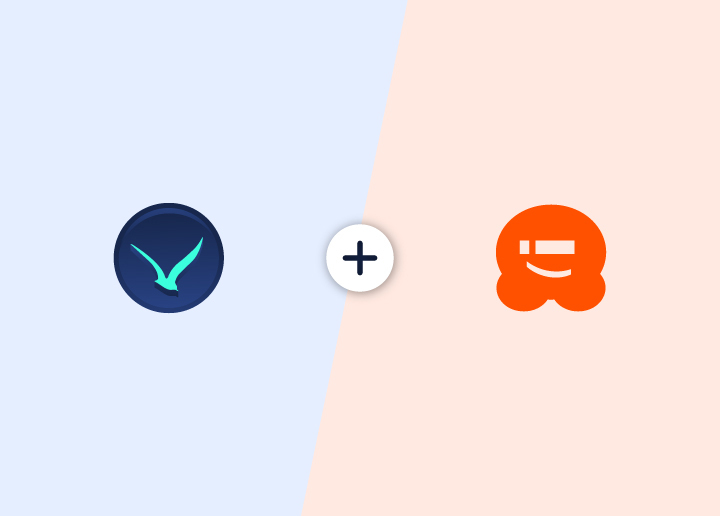
We’re delighted to inform you that Seahawk is has been backed and funded by the esteemed WPBeginner Growth Fund, a

Seahawk, a leading WordPress development company, has announced its strategic partnership with Pressable, a top WordPress hosting company. This partnership

Have you ever come across the message “New Reason Preventing Your Pages From Being Indexed, “indicating some of your pages

Is your WordPress admin dashboard slow? Here are actionable ways to speed up WP-admin in the quickest way possible. If

Have you ever come across the message “New Reason Preventing Your Pages From Being Indexed, “indicating some of your pages

Is your WordPress admin dashboard slow? Here are actionable ways to speed up WP-admin in the quickest way possible. If

Have you ever come across the message “New Reason Preventing Your Pages From Being Indexed, “indicating some of your pages

Is your WordPress admin dashboard slow? Here are actionable ways to speed up WP-admin in the quickest way possible. If
Get your website running blazing fast and passing core web vitals.
Remove malware from your website and prevent future hacks.
Update your website to the latest version of PHP, compatibility.
Migrate your website to fast hosting or from outdated platform.
Join over 1,000+ agencies powering their back office with Seahawk
For agencies looking to resell WordPress services.
Activate and retain at-risk customers through pro services.
We build sites for NGOs, showcasing their mission & goals.
Choose Seahawk as your trusted partner for Enterprise project with confidence.
We can craft a custom website for your business that accelerates your brand’s growth.
Outsourced product design done affordably in Figma.
We offer a comprehensive suite of services for professional photographers and photo agencies.
We specialize in crafting websites for colleges and universities.
Get WordPress development, custom design, and SEO solutions for your real estate business.
Our team can create engaging, user-friendly lawyer websites.
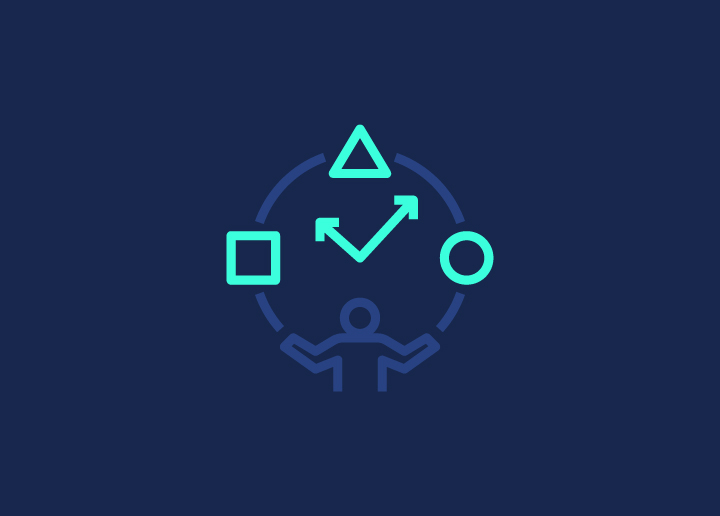
Transform your coaching business with a professionally designed website that
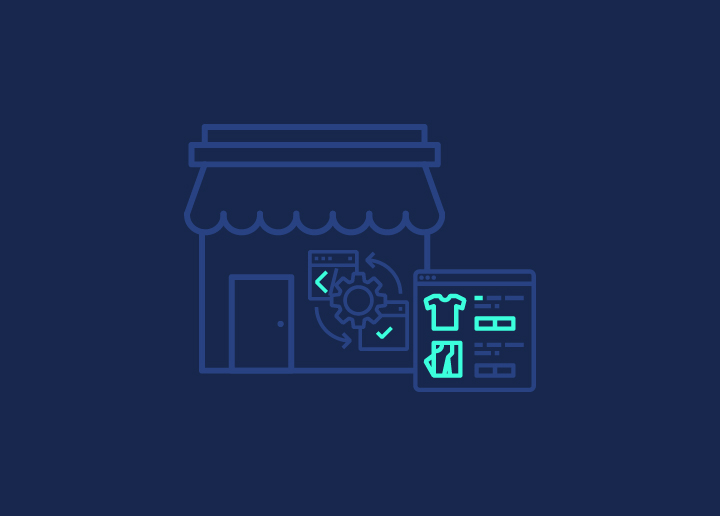
At Seahawk, our web design and development services for Retail

Make your gym or fitness club stand out in the
For agencies looking to resell WordPress services.
Establish productized service offerings to help with expansion.
Activate and retain at-risk customers through pro services.
Make inroads in WordPress through exciting content collaborations.
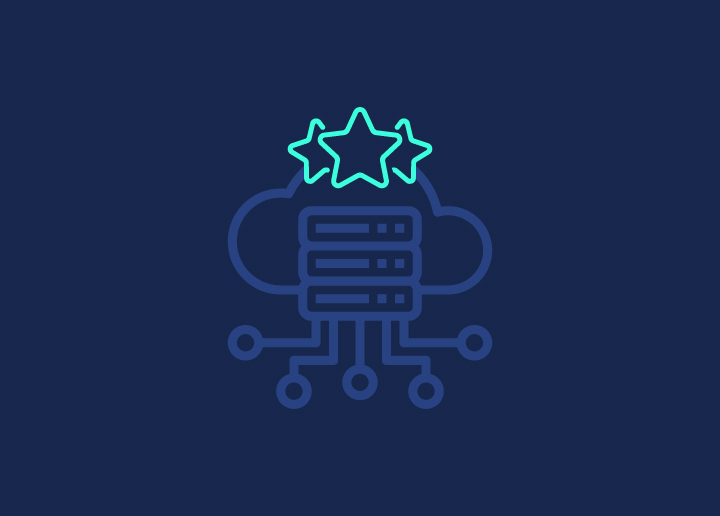
Seahawk aims at reviewing the top web hosting services and guiding you to choose from

Have you ever come across the message “New Reason Preventing

Is your WordPress admin dashboard slow? Here are actionable ways
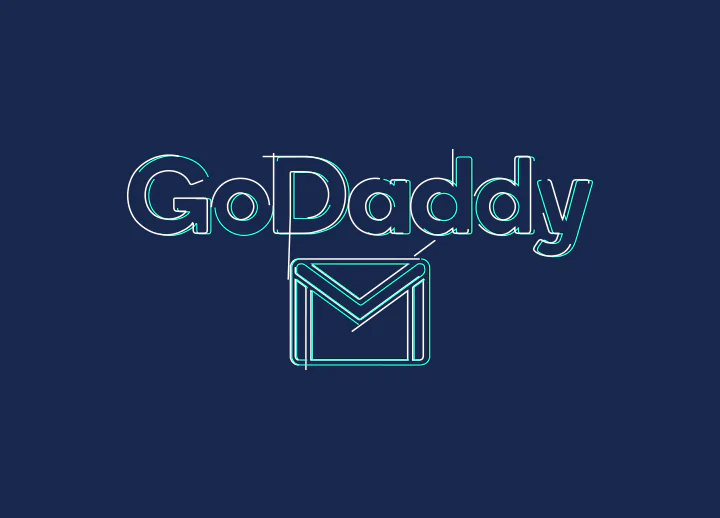
Juggling multiple email accounts at once can be overwhelming. If
Learn about our story and mission.
News and writings, press releases, and press resources.
We’re always looking for talented people. Join our team!
Meet the inspiring WordPress junkies behind our Seahawk services.
Reach out or sign up to get in touch with our teams.
Check out our portfolio to see our latest work.
Learn about what makes Seahawk unique and our core values.
Learn about what makes Seahawk unique and our core values.
View some of our customer case studies!
Our team of experts has helped thousands of customers get the most out of their websites.
Inspired by Wapuu, learn more about our localized mascots.

As part of the WordPress community, Seahawk is always looking

We are thrilled to celebrate our valued friendship with you

We are incredibly grateful for your ongoing partnership and support.
Get your website running blazing fast and passing core web vitals.
Remove malware from your website and prevent future hacks.
Update your website to the latest version of PHP, compatibility.
Migrate your website to fast hosting or from outdated platform.
Join over 1,000+ agencies powering their back office with Seahawk
For agencies looking to resell WordPress services.
Activate and retain at-risk customers through pro services.
We build sites for NGOs, showcasing their mission & goals.
Choose Seahawk as your trusted partner for Enterprise project with confidence.
We can craft a custom website for your business that accelerates your brand’s growth.
Outsourced product design done affordably in Figma.
We offer a comprehensive suite of services for professional photographers and photo agencies.
We specialize in crafting websites for colleges and universities.
Get WordPress development, custom design, and SEO solutions for your real estate business.
Our team can create engaging, user-friendly lawyer websites.

Transform your coaching business with a professionally designed website that

At Seahawk, our web design and development services for Retail

Make your gym or fitness club stand out in the
For agencies looking to resell WordPress services.
Establish productized service offerings to help with expansion.
Activate and retain at-risk customers through pro services.
Make inroads in WordPress through exciting content collaborations.

Seahawk aims at reviewing the top web hosting services and guiding you to choose from

Have you ever come across the message “New Reason Preventing

Is your WordPress admin dashboard slow? Here are actionable ways

Juggling multiple email accounts at once can be overwhelming. If
Learn about our story and mission.
News and writings, press releases, and press resources.
We’re always looking for talented people. Join our team!
Meet the inspiring WordPress junkies behind our Seahawk services.
Reach out or sign up to get in touch with our teams.
Check out our portfolio to see our latest work.
Learn about what makes Seahawk unique and our core values.
Learn about what makes Seahawk unique and our core values.
View some of our customer case studies!
Our team of experts has helped thousands of customers get the most out of their websites.
Inspired by Wapuu, learn more about our localized mascots.

As part of the WordPress community, Seahawk is always looking

We are thrilled to celebrate our valued friendship with you

We are incredibly grateful for your ongoing partnership and support.
Search for articles on anything from your first steps to the most advanced features.
Keeping your WordPress installation up to date is crucial for maintaining your website’s security, performance, and functionality. With each update, you benefit from bug fixes, feature enhancements, and security patches that help protect your site from potential vulnerabilities. This comprehensive guide will walk you through the different methods to update WordPress, ensuring a smooth and […]
In today’s digital landscape, updating your website is essential for security, performance, and compatibility reasons. WordPress offers a convenient auto-update feature, allowing you to automatically update plugins and themes to the latest versions. In this blog post, we will walk you through enabling and managing auto-updates for plugins and themes in WordPress, ensuring your website […]
Administering your WordPress blog is essential for maintaining its functionality, security, and overall success. Whether you’re a seasoned blogger or just starting, understanding the tasks involved in managing your WordPress site is crucial. From daily activities like writing and moderating comments to more periodic tasks like updating themes and plugins, each action plays a vital […]
Working with Images In WordPress, adding images is a simple task. All your images are stored and managed in the Media Library, and there are various ways to access them. The most common method is adding an image directly to a post or page, automatically saving it in the Media Library, and displaying it in […]
In WordPress, you can upload, store, and display various files, commonly called media. This includes images, videos, audio files, documents, spreadsheets, and code samples. This guide will explore using the image and file attachments in WordPress effectively. Edit Screen Links When working on a post or page in the WordPress admin area, you will find […]
Overview The WordPress Gallery is a powerful feature in the Block Editor that allows you to create and display image galleries on your website. In this article, we will explore how to add and edit image galleries using the Media Library and the Gallery block. Adding Image Gallery using Media Library Step 1 – Place […]
When it comes to web page images, finding the right balance between size and quality is crucial. This blog post will explore the factors influencing image size and quality, including physical size, file size, resolution, and file types. Additionally, we will discuss the importance of resizing images effectively to achieve better web performance. Physical Size […]
In WordPress, the Audio Shortcode provides a convenient way to embed and play audio files on your website. Whether you want to showcase your latest podcast episode or add background music to your blog post, the Audio Shortcode offers flexibility and simplicity. This blog post will explore the usage, options, and benefits of the Audio […]
Writing Posts in the Classic Editor of WordPress is a simple and intuitive process. Here are the key elements to consider: Screen Options Post Field Descriptions Best Practices for Posting Visual Versus Text Editor Remember to periodically save your post as a draft and preview it to ensure the formatting is correct before publishing it […]
In the context of the Classic Editor in WordPress, an excerpt refers to a summary or brief description of a post or page. It provides a condensed overview of the content and is commonly used to display a preview of the article on the Posts page, archive pages, or in search results. How to Display […]
An excerpt in the context of the Block Editor in WordPress refers to a summary or teaser text of a post or page. It provides a concise overview of the content and is typically used to display a preview of the article on the Posts page, archive pages, or search results. How to Display Excerpts […]
Emoji are pictographs or ideograms used in electronic messages and web pages. They are much like emoticons, except emoji are pictures rather than typographic approximations. The word “emoji” comes from Japanese e (絵, “picture”) + moji (文字, “character”). Emojis are used to express emotions, objects, and ideas. They can be used to add humor or […]
This comprehensive guide will explore the world of weblog clients and their advantages in enhancing your blogging workflow. A weblog client is a software application installed on your local machine that enables you to create and manage blog posts using XML-RPC. Like email clients, weblog clients empower you to write and publish posts offline when […]
Character entities play a crucial role in web development, allowing you to display special characters and symbols that are not part of the standard character set. In this WordPress knowledgebase article, we will explore the concept of character entities’ significance in web development and how to use them effectively in your WordPress website. Character Entities […]
Comment Spam and Search Engines Why would a spammer use your blog to target a search engine? Fighting Comment Spam Comment Moderation Comment Moderation is very effective in addressing unwanted comments. The best defense against comment spam is just watching your comments. Under Manage →︎ Comments, it shows a listing of the latest comments on […]
Trackbacks and pingbacks are methods for alerting blogs that you have linked to them. The difference between them is that Trackbacks must be created manually and sent an excerpt of the content. Pingbacks – are automated and don’t send any content. Pingbacks A pingback is a type of comment created when you link to another […]
Taxonomies in WordPress are a way to group posts based on specific relationships. By default, WordPress includes two standard taxonomies: Categories and Tags. These taxonomies are used to organize and classify content on your website, making it easier for visitors to find related posts. However, you can modify or add new taxonomies to suit your […]
Sticky Posts is a feature in WordPress that allows you to highlight specific posts by keeping them at the top of your front page until new sticky posts are published. This can be useful for featuring important or time-sensitive content you want to ensure your visitors see first. Please note that Sticky Posts are only […]
In this article, we will explore how to control the visibility of your blog content using the Classic Editor in WordPress. By default, all posts and pages are visible to the public, but WordPress provides options to set content visibility individually. Setting Page and Post Visibility Visibility for posts and pages can be set from […]
In this article, we will explore how to control the visibility of your blog content using the Block Editor in WordPress. By default, all posts and pages are visible to the public, but WordPress provides options to set content visibility individually. Setting Page and Post Visibility To manage the visibility of your posts and pages, […]
Join over 1,000+ brands and partners already growing with Seahawk.
WordPress services at revolutionary pricing. We are a reliable technology partner for small businesses globally.
Seahawk is proudly backed by WPBeginner. The people behind AIOSEO, OptinMonster, MonsterInsights, WPForms, SeedProd, ThriveThemes, AffiliateWP and more. Over 25 million sites use their software and services.
WordPress services at revolutionary pricing. We are a reliable technology partner for small businesses globally.
Seahawk is proudly backed by WPBeginner. The people behind AIOSEO, OptinMonster, MonsterInsights, WPForms, SeedProd, ThriveThemes, AffiliateWP and more. Over 25 million sites use their software and services.